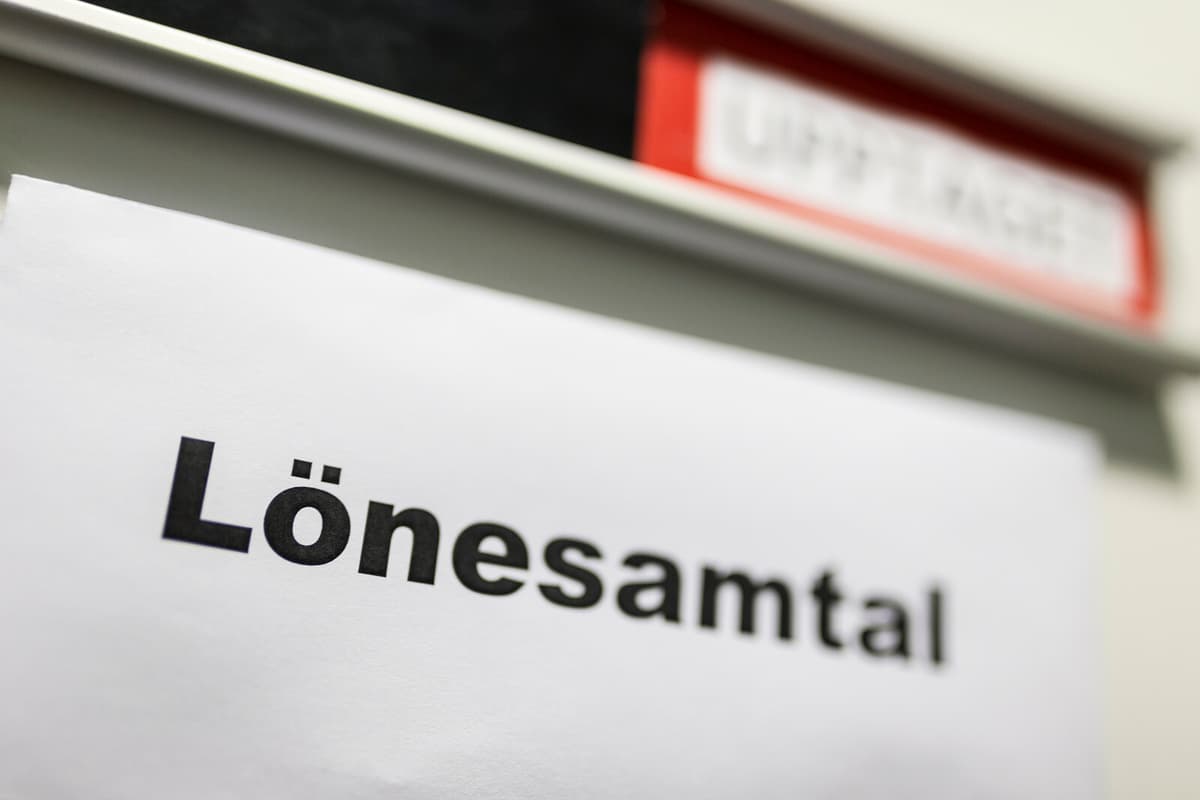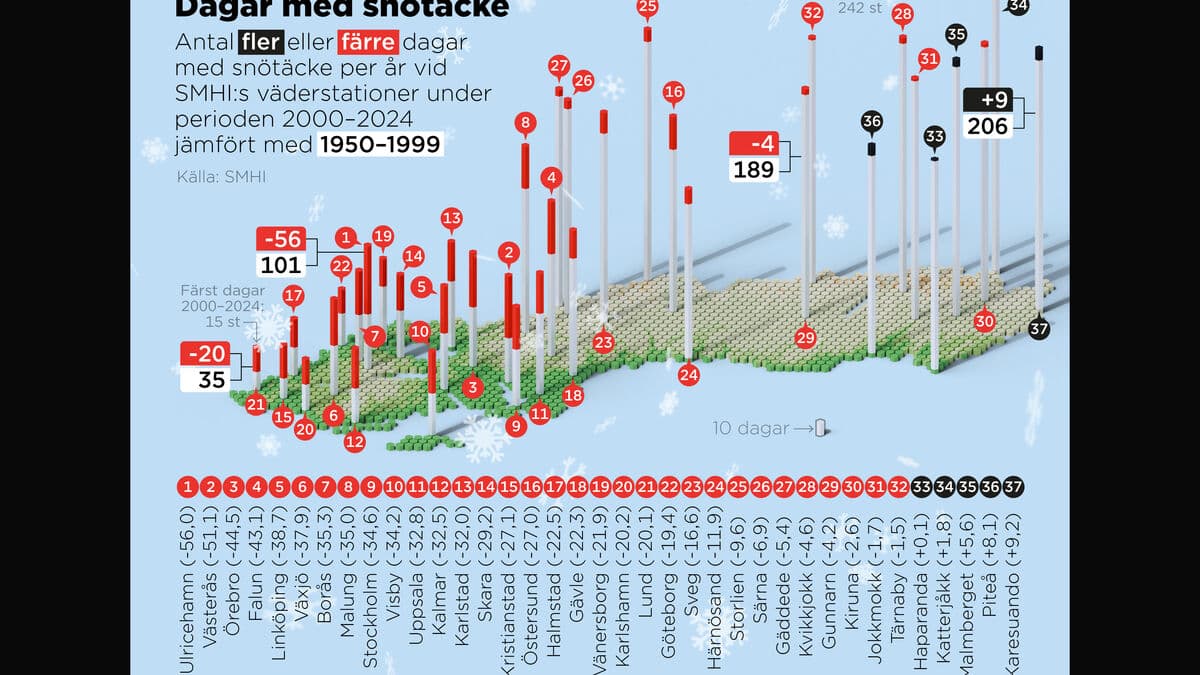According to KI, the labour market parties need to consider, among other things, productivity development, high profitability in parts of the business sector, and the effects of the low-conjuncture on the labour market and unemployment when entering the upcoming collective bargaining round.
"The wage increase rate ahead is expected to largely depend on productivity development, which is estimated to increase in the long run. However, the average productivity development since the financial crisis has been at a lower level", writes KI in a wage formation report.
In the long run, KI estimates that productivity will increase by 1.6 per cent per year, which can be compared to an average of 1.9 per cent during the period 1980-2023. And the so-called value-added price in the business sector is estimated to be 1.9 per cent in the long run.
"Given KI's assessment of the long-term productivity development and value-added price, a nominal wage increase rate corresponding to 3.5 per cent would be consistent with the inflation target", writes KI.
However, they are careful to add some caveats.
"The actual wage increase rate may be both higher and lower than the long-term wage increase rate in individual years, depending on, for example, the business cycle development and economic disturbances that occur. There is significant uncertainty surrounding this wage increase rate, especially since the assessment of the long-term productivity growth is highly uncertain", writes KI.





